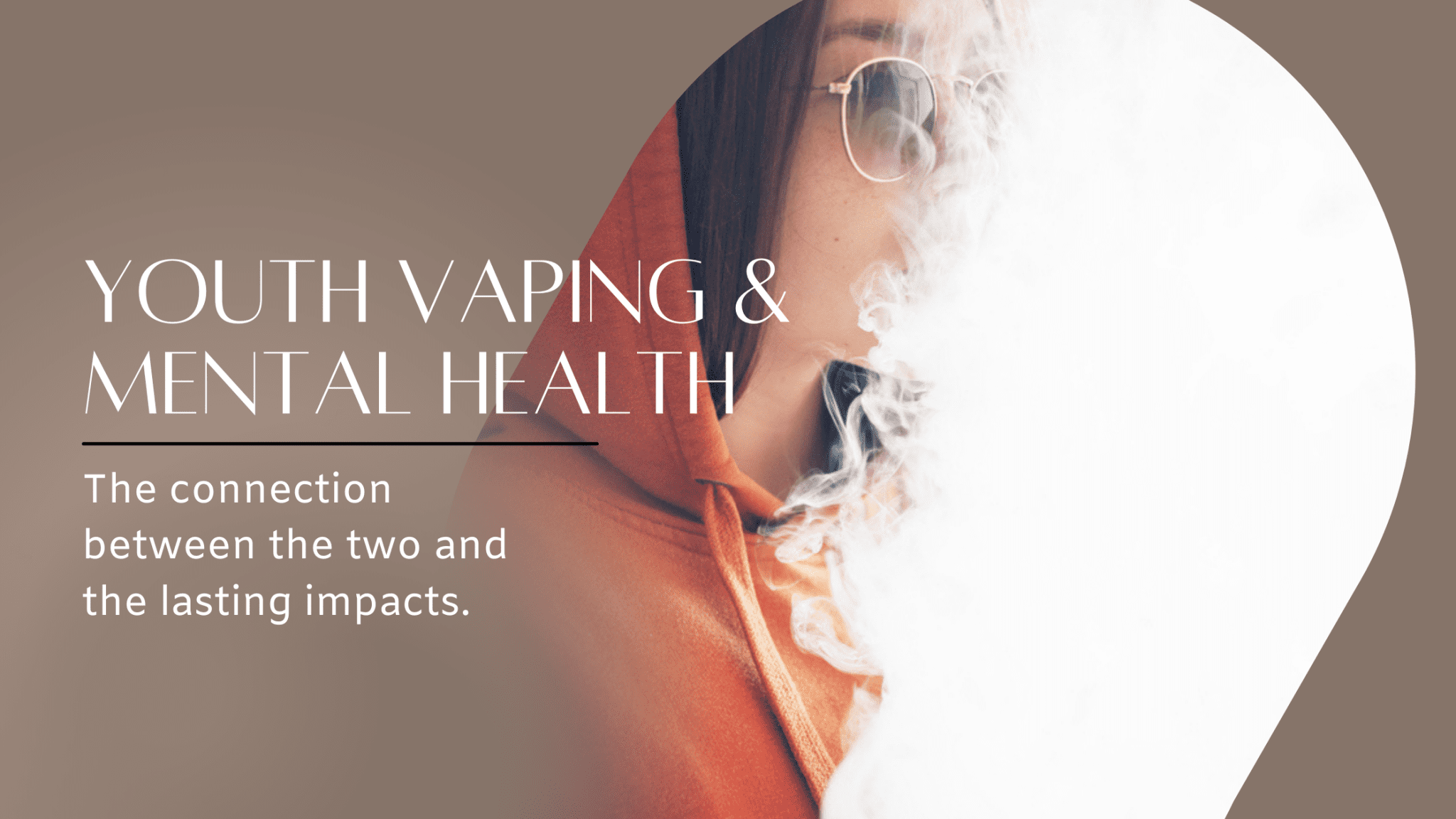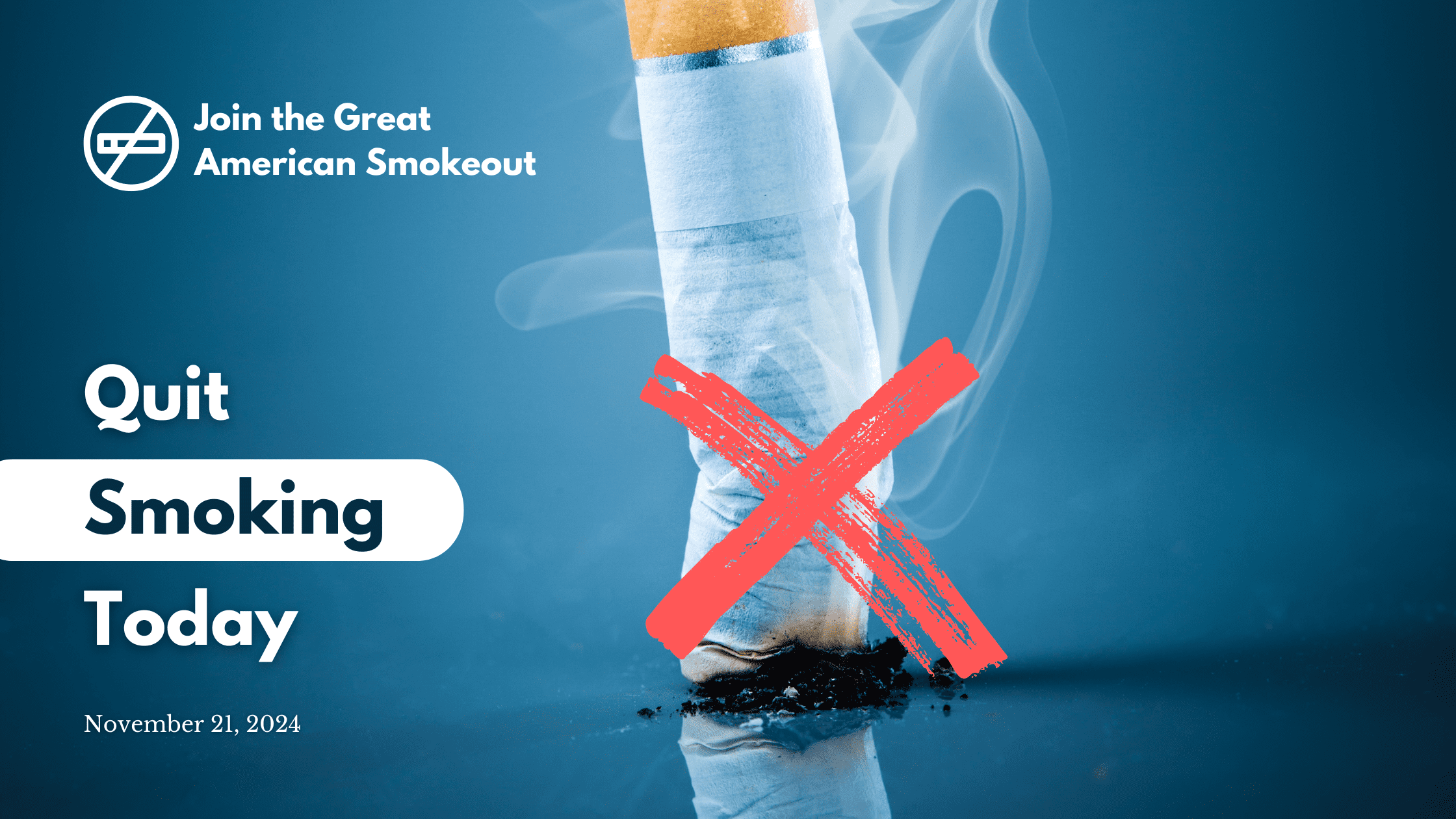A guest blog by Ashley Bodiford, MPH, MS, CSPS, ICPS, Director of Prevention
Youth vaping has continued to increase.
Amidst the impacts that many have faced during the COVID-19 pandemic, youth vaping has continued to increase. Its impact and long-term effects are nothing less than concerning. Data from the 2020 National Youth Tobacco Survey tells us that one in five high school students currently report using vape—products designed to deliver highly addictive nicotine. Our young people experience an array of issues, both locally and nationally, that can leave them feeling unsure about the future and worried about decisions they should make. Even before the pandemic, 70% of young people said anxiety and depression were a major problem among peers in their community, according to a Pew Research Center report. This has gotten worse, as the prevalence of depression and anxiety symptoms in youth has doubled compared to before the pandemic (Truth Initiative, 2021).
There is a common misconception.
There continues to be a misconception that nicotine relieves stress, anxiety, and depression, however, the truth in this is actually the result of nicotine withdrawal. Feelings of irritability, anxiety and depression are some of the known symptoms one could experience during nicotine withdrawal, and using nicotine relieves these symptoms temporarily. It is important to understand those symptoms return—often pushing individuals to continue their nicotine use.
So how do we deal with two issues simultaneously?
The answer is simple. Talk. Talk to your children, grandchildren, or any young person in your life about the importance of making healthy choices—that includes not engaging in risky behaviors, such as vaping or other drug use, but also encourages them to seek help for the mental health challenges they may be struggling with during these unforeseen times. We want to empower our young people to manage their stressors with healthy coping mechanisms, such as meditation, spending time outside, participating in activities they enjoy, reading, listening to music, and many other techniques. We also want to explain that sometimes these struggles are ones that may be difficult to overcome alone and there are resources available to help both individuals and families as they navigate through these often scary and difficult experiences. There is no shame in seeking this type of help and it is our responsibility to support our young people on this path.







